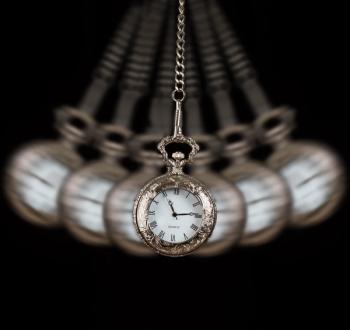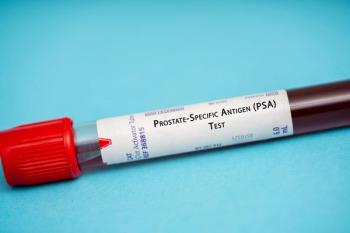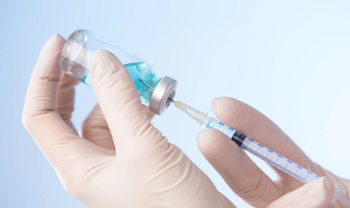
Professional pickleball players most likely to sustain eye injury, least likely to wear eye protection, survey shows | 2025 AAO
Key Takeaways
- Only 20% of professional pickleball players wear protective eyewear, despite significant risks of eye injuries like retinal tears and corneal abrasions.
- A survey revealed that 54% of amateur players use eye protection, with younger amateurs less likely to wear it.
Daniel Henick, M.D., an ophthalmology resident at Yale New Haven Medical Center, is raising awareness for pickleball injuries by encouraging players to wear protective eye gear during games.
Just 20% of professional pickleball players wear protective eye equipment, despite the risk of eye injuries, including bruising, corneal abrasions and retinal tears, which can damage vision, according to survey findings that will be presented this week at the 129th annual meeting of the
Daniel Henick, M.D., an ophthalmology resident at Yale New Haven Medical Center in Connecticut, was inspired to conduct the research after his own pickleball accident, which he says could have resulted in an injury had he not been wearing eye protection.
“I want people to understand that eye protection is a small investment that can make a humongous difference,” Henick said in the news release. “And it’s not just for people who need glasses to see. My hope is that this study is the beginning of a long-term initiative for changing the culture of protective eyewear in pickleball.”
Henick designed a survey with questions about eye protection and distributed it at pickleball facilities and reviewed footage from a recent professional tournament. He received 148 responses that revealed just 20% of professional pickleball players wear protective eye gear while 54% of amateur players wear protective eye gear, with younger amateur players less likely to wear it.
Additionally, of the 67 players who endorsed eye protection, only 26 reported wearing it while 41 reported that they just wear their regular prescription lenses as protection.
The main reasons for forgoing protection cited were that players didn’t realize the risk of injury or that they felt eye protection gear was uncomfortable.
Between 2005 and 2024, there were approximately 3,112 pickleball-related ocular emergency room visits, with injuries increasing by 405 per year between 2021 and 2024, according to a
“Biomechanical analyses have demonstrated that a pickleball traveling faster than 30 mph can deform the cornea, retina and vitreous and can exert zonular stress sufficient to dislocate the lens,” Jonathan C. Tsui, M.D., a vitreoretinal surgeon at the New Jersey Veterans HealthAffair System and corresponding author, writes in the study. “This velocity threshold has become increasingly relevant due to recent advancements in paddle technology. Modern paddles, incorporating materials such as ethylene-vinyl acetate foam, can now generate exit velocities approaching 60 mph.”
While Henick was wearing protective eye gear, he noticed he was often the only one doing so.
Pickleball injuries are most likely to happen when a ball bounces off a paddle at an unusual angle toward the eyes or face, Henick explained in the news release.
“You can’t prepare for or have the reflex speed to deal with these deflections, so the best protection is to always use protective eyewear,” Henick said.
The 2025 AAO meeting will be held from Oct. 18-20 in Orlando, Florida.
Newsletter
Get the latest industry news, event updates, and more from Managed healthcare Executive.






















































